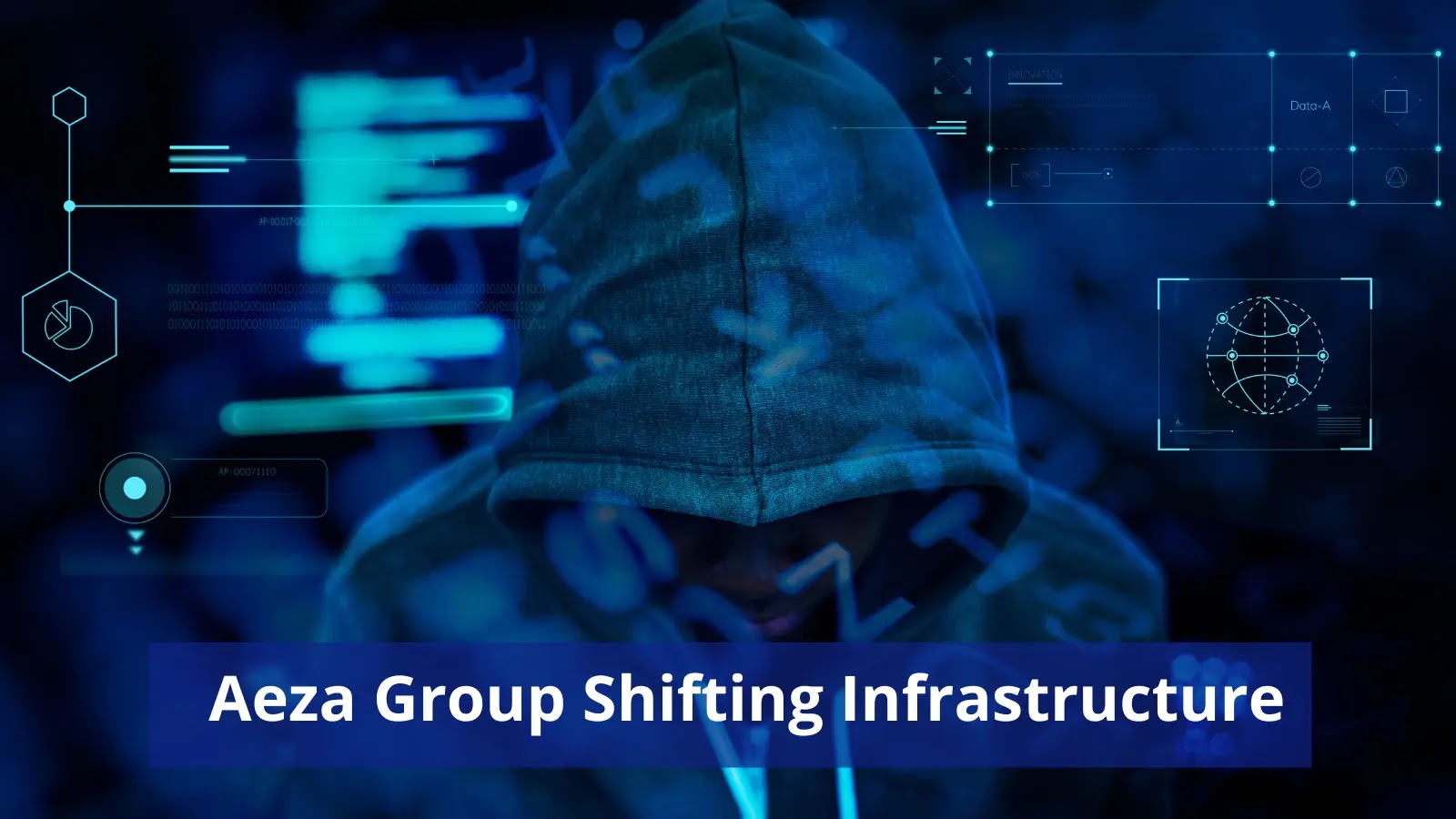
Bulletproof Hosting Provider Aeza Group Shifting Their Infrastructure to New Autonomous System
The digital underworld is in a constant state of flux, with malicious actors continuously adapting their tactics to evade detection and enforcement. A recent, significant development underscores this relentless cat-and-mouse game: the lightning-fast infrastructure migration of Aeza Group, a notorious bulletproof hosting provider. This maneuver, detected by cybersecurity researchers, illustrates the agility with which sophisticated cybercriminals react to governmental pressure and highlights an ongoing challenge for global cybersecurity efforts.
The Sanctions and the Swift Response
On July 1, 2025, the U.S. Treasury Department imposed sanctions on Aeza Group, a decisive move aimed at disrupting the operations of a key enabler of cybercrime. Aeza Group has long been identified as a “bulletproof” hosting provider, meaning they offer services with little to no oversight or accountability, often turning a blind eye to illegal activities hosted on their infrastructure. This lack of scrutiny makes them an attractive haven for ransomware operators, phishers, and other cybercriminals seeking to maintain anonymity and operational continuity.
The impact of these sanctions was almost immediate. Just 19 days later, on July 20, 2025, cybersecurity researchers at Silent Push observed a substantial shift in Aeza Group’s infrastructure. IP ranges traditionally associated with Aeza began migrating to a new autonomous system (AS). This rapid redeployment suggests a pre-planned contingency or an incredibly efficient response to the regulatory crackdown, designed to preserve their operational capabilities and continue servicing their illicit clientele.
Understanding Bulletproof Hosting
Bulletproof hosting providers are a critical component of the cybercrime ecosystem. Unlike legitimate hosting services that enforce strict terms of service and cooperate with law enforcement, bulletproof hosts deliberately ignore abuse complaints. Their services often include:
- Anonymous registration and payment methods (e.g., cryptocurrency).
- Tolerance for illegal content such as malware command-and-control servers, phishing sites, botnets, and child exploitation material.
- Rapid infrastructure migration capabilities to evade takedowns or legal actions.
- Technical expertise in resisting distributed denial-of-service (DDoS) attacks.
The ability of these providers to rapidly shift their infrastructure, as demonstrated by Aeza Group, poses a significant challenge to law enforcement and cybersecurity agencies. It highlights the need for continuous monitoring and a deeper understanding of the adversarial infrastructure landscape.
Implications for Cybersecurity Professionals
The Aeza Group’s infrastructure shift carries several critical implications for cybersecurity professionals:
- Increased Vigilance: Organizations must remain vigilant against threats emanating from new or unknown IP ranges. Attackers previously leveraging Aeza’s older infrastructure may now operate from new network locations.
- Threat Intelligence Updates: It is paramount for security teams to subscribe to and integrate high-quality threat intelligence feeds that track shifts in adversarial infrastructure. Indicators of Compromise (IoCs) associated with known threat groups may change.
- Proactive Network Monitoring: Implement robust network monitoring solutions capable of detecting anomalies in traffic patterns. This includes monitoring for connections to newly observed domains or IP addresses that exhibit suspicious behavior.
- Understanding Adversary Resilience: This event serves as a stark reminder of the resilience and adaptability of sophisticated cybercriminal organizations. Sanctions, while effective in the short term, often trigger rapid shifts rather than outright shutdowns.
Remediation Actions and Proactive Defense
While this particular event is not a vulnerability in software or hardware (thus, no CVEs apply), it necessitates a proactive adjustment in an organization’s defensive posture. The focus shifts from patching specific vulnerabilities to enhancing overall resilience against evolving threats. There are no CVE numbers relevant to the infrastructure shift of a hosting provider. However, the threats enabled by bulletproof hosting can exploit various CVEs. For example, a common threat hosted on such infrastructure is ransomware, which can exploit vulnerabilities like CVE-2023-38831.
Here are actionable steps for IT and security professionals:
- Update Threat Intelligence Platforms: Ensure your SIEM, SOAR, and EDR/XDR solutions are fed with the latest threat intelligence, including newly identified malicious IP ranges and domains.
- Review Firewall Rules: Scrutinize existing firewall rules. While blanket blocking of entire ASNs can be problematic, consider intelligence-driven dynamic blocking of malicious ranges.
- Enhance Network Segmentation: Implement strong network segmentation to limit the lateral movement of threats should an initial compromise occur.
- User Education: Reinforce cybersecurity best practices among employees, particularly concerning phishing and social engineering, as these are often precursors to advanced attacks leveraged by cybercriminals.
- Behavioral Analytics: Deploy tools that can detect anomalous user or system behavior, which might indicate a compromise regardless of the origin IP address.
Conclusion
The rapid infrastructure migration by Aeza Group after U.S. Treasury sanctions offers a potent case study in the cat-and-mouse dynamic of cybersecurity enforcement. It underscores the adaptability of sophisticated cybercriminal operations and the continuous need for vigilance and advanced threat intelligence. For security professionals, this event highlights the imperative to look beyond static IoCs and embrace dynamic, intelligence-led defense strategies. Staying ahead requires a deep understanding of adversarial tactics, techniques, and procedures (TTPs), and the ability to rapidly adapt defensive measures in response to evolving threats.





